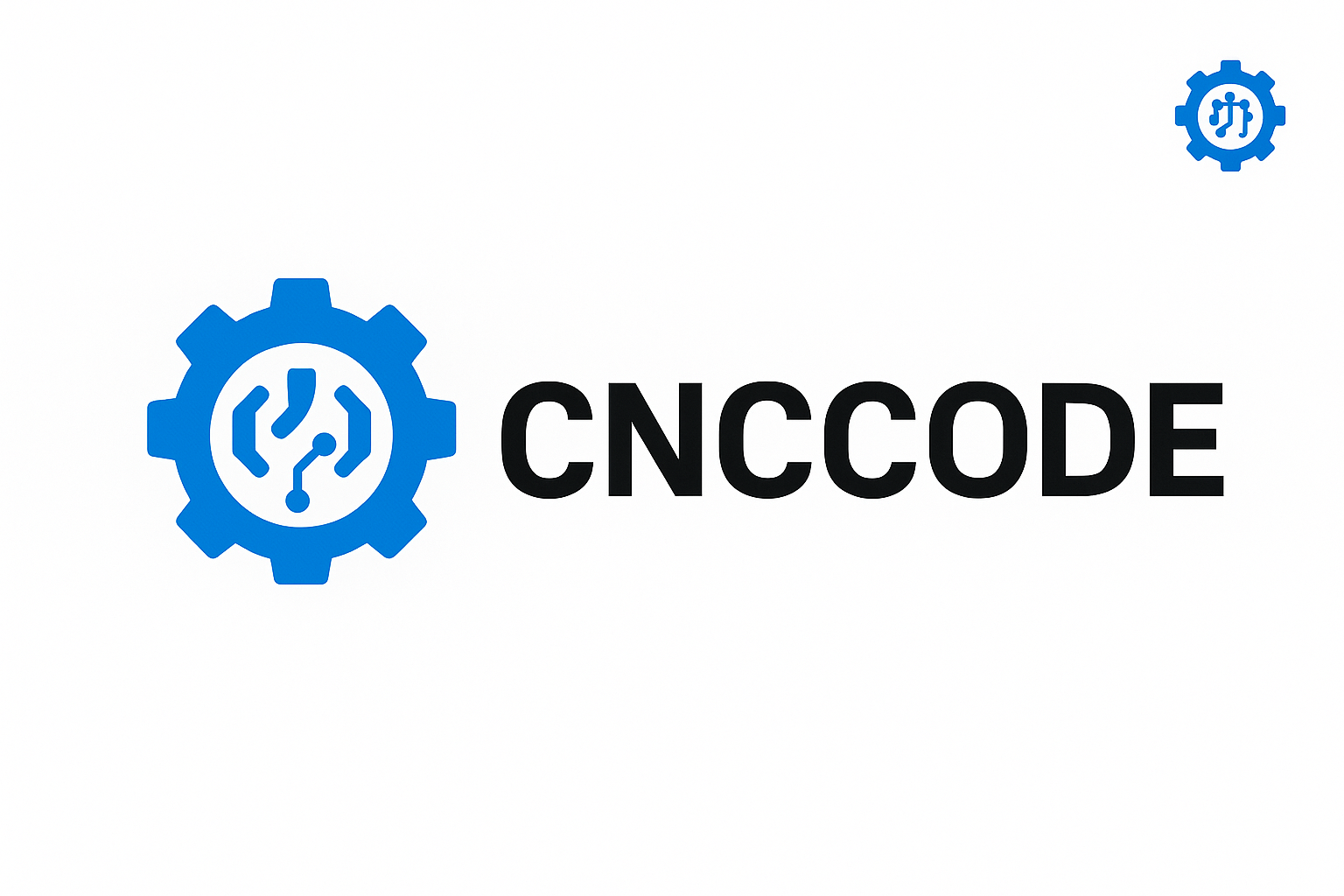Master CNC programming with this in-depth, future-proof guide. Learn everything from G-code basics to advanced multi-axis automation. Ideal for beginners, machinists, engineers, and educators.
📌 Introduction: Why CNC Programming Still Matters in 2025
CNC (Computer Numerical Control) programming lies at the heart of modern manufacturing. As automation, AI, and Industry 4.0 evolve, knowing how to command a machine with precision using code remains essential.
In this article, you’ll explore:
- CNC programming fundamentals
- G-code/M-code command mastery
- Program structure & syntax
- Multi-axis programming
- CAD/CAM integration
- Future trends in CNC automation
Whether you’re a student, engineer, machinist, or DIY hobbyist, this guide is your CNC programming compass for 2025 and beyond.
🔧 What is CNC Programming?
CNC programming is the process of creating instructions that tell a machine how to move and cut material. These instructions are typically written in G-code, a universal language for CNC machinery.
🧩 Why It’s Critical:
- Precision manufacturing
- Consistency at scale
- Customization & prototyping
- Integration with AI/CAD/CAM systems
📚 CNC Programming Basics: Understanding G-Code & M-Code
✴️ What is G-Code?
G-code is the standard language for CNC machines. It consists of commands like:
| Command | Meaning | Example |
|---|---|---|
G00 | Rapid movement | G00 X50 Y50 |
G01 | Linear feed cut | G01 X100 Y100 F150 |
G02/G03 | Circular interpolation | G02 X20 Y30 R10 |
G90/G91 | Absolute vs incremental mode | G90 or G91 |
✴️ What is M-Code?
M-codes control machine functions like coolant, spindle on/off, or tool changes.
| Command | Function |
|---|---|
M03 | Spindle ON (Clockwise) |
M05 | Spindle OFF |
M06 | Tool change |
M30 | End of program |
🧠 CNC Program Structure: Anatomy of a CNC File
🏗️ Common Parts of a CNC Program
gcode
%
O1001 (Part Name)
G21 G17 G90 G40 G49
G00 X0 Y0
G43 Z100 H01
M03 S1200
G01 Z-5.0 F50
G01 X100 Y50 F200
M05
M30
%
Explanation:
%= Start/End of programO1001= Program numberG21= Metric modeG90= Absolute positioningG43= Tool length offsetM03= Spindle startG01= Feed movementM05= Spindle stopM30= End of program
⚙️ CNC Machine Types and Their Programming Needs
| Machine Type | Programming Complexity | Common Applications |
|---|---|---|
| CNC Lathe | Moderate | Turning, facing, threading |
| CNC Mill | High | Drilling, pocketing, contouring |
| 5-Axis Mill | Advanced | Aerospace, mold making |
| CNC Router | Low to moderate | Woodworking, signage |
| CNC EDM | Moderate | Tooling, intricate shapes |
🛠️ Tooling, Feeds, and Speeds
Programming without understanding your tooling is a recipe for scrap.
✨ Key Variables:
- Feed rate (F): Speed at which tool moves
- Spindle speed (S): RPM of cutting tool
- Depth of cut (DOC): How deep the tool goes into the material
- Step over (WOC): Width of each pass
🧮 Example Formula:
plaintext
Cutting Speed (m/min) = (π × D × RPM) / 1000
💻 CNC Programming with CAD/CAM Software
Gone are the days of writing long G-code manually. Today’s programmers use CAD/CAM software like:
| Software | Features | Skill Level |
|---|---|---|
| Fusion 360 | Cloud-based CAM + CAD | Beginner–Pro |
| Mastercam | Industrial-grade CAM | Advanced |
| SolidCAM | Seamless with SolidWorks | Intermediate |
| FreeCAD | Open-source option | Beginner |
🔄 Post-Processing:
A post-processor translates CAM output to your machine’s specific dialect (Fanuc, Siemens, etc.).
🧪 CNC Simulation: Avoiding Costly Errors
Simulators help test code before real machining.
🛡️ Top Simulators:
- NC Viewer (online)
- CIMCO Edit
- Fusion 360 Sim
- Vericut (pro-level)
Simulations ensure toolpaths are safe, efficient, and error-free—especially critical for multi-axis or expensive materials.
🔄 Multi-Axis CNC Programming
📍 3+2 Axis vs Full 5-Axis:
- 3+2 Axis: Tool is locked at an angle
- 5-Axis: Simultaneous rotation of tool and part
💡 Why It Matters:
- Reduces setups
- Enables complex geometries
- Speeds up high-value manufacturing
🔮 The Future of CNC Programming (2025–2030)
🚀 Trends to Watch:
- AI-Powered CAM: Auto-generate optimized toolpaths
- Voice-to-G-code: Natural language interfaces
- Cloud-based CNC Programming
- Digital Twins: Simulate the real-world machining environment
- Remote Programming & Monitoring
📈 Job Outlook:
CNC programmers are in high demand, especially those who understand automation, multi-axis machining, and CAD/CAM fluency.
📦 Real-World CNC Project Example
Project: Aluminum Heat Sink
Tools Used: 6mm End Mill, 3D Probe
Machine: 3-axis Mill
Steps:
- Model in Fusion 360
- CAM toolpath setup: adaptive clearing, finishing
- Post-process to Fanuc format
- Simulate
- Run and inspect
🧠 Tips for Beginners
- Start with basic G-code on simulators
- Learn on a router or 3-axis machine
- Study sample codes and tweak
- Use feed/speed calculators
- Don’t skip safety and setup
📎 CNC Programming Resources (Free & Paid)
| Resource Type | Example |
|---|---|
| YouTube | NYC CNC, Titans of CNC |
| Online Courses | Coursera, Udemy |
| Forums | Practical Machinist, CNCZone |
| Books | CNC Programming Handbook (Smid) |
✅ Conclusion: Master the Code, Master the Machine
CNC programming is more than just writing lines of code—it’s a bridge between digital design and physical reality. With automation and AI changing manufacturing forever, skilled CNC programmers will be the key players in the new industrial age.
Start simple, stay consistent, and never stop learning.

Leave a comment